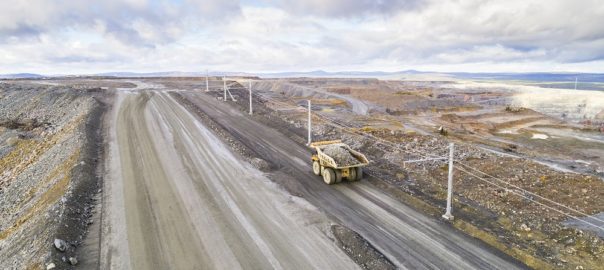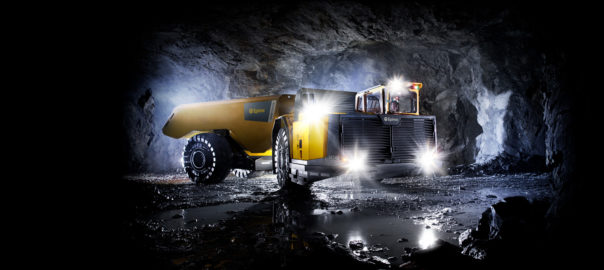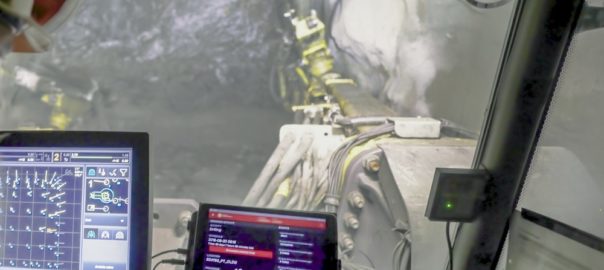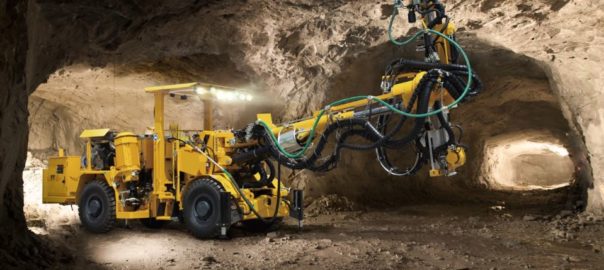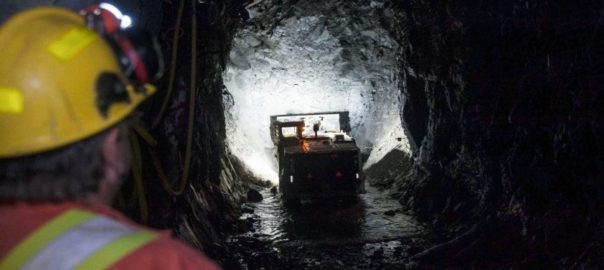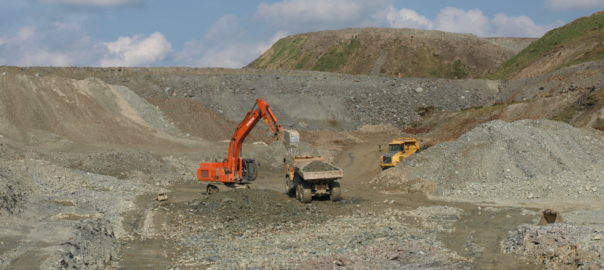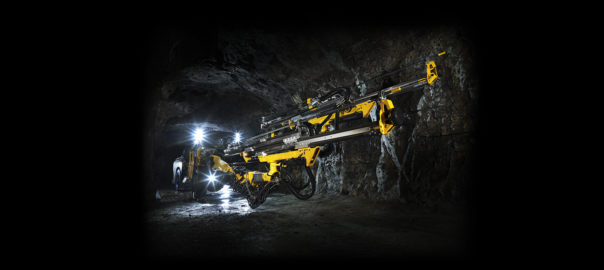Amid all the justified hype surrounding the launch of Epiroc’s second generation of battery-electric machines in Örebro, Sweden, this week, the company’s recent M&A activity was somewhat forgotten.
The acquisition of 34% of ASI Mining, a subsidiary of Autonomous Solutions Inc, is one of the more interesting buys the company has made in the past month or so and Helena Hedblom, Epiroc’s Senior Executive Vice President Mining and Infrastructure, provided further insight into why the company made the move for the US-based company.
ASI Mining’s products include on-board hardware and software that convert vehicles to autonomous operation, as well as system level software platforms for command and control of autonomous fleets across various mining applications. The solutions integrate with various mobile mining equipment, regardless of make or model. While the company aims to provide a broad mining remit with its Mobius solution, it has so far only made inroads into the surface mining space.
Hedblom, first off, said ASI’s automation retrofitting capability would bolster Epiroc’s open-pit mining offering, which includes production and exploration drilling equipment.
The partnership with ASI will also reinforce a much deeper shift in the company’s future product and systems strategy.
Hedblom said: “Our strategy when it comes to system integration…is to be able to offer a solution that can really drive productivity for our customers. To do that, you need to combine the full system of vehicles. You cannot only do it with one type of equipment.
“That’s why we have a clear strategy to be OEM-agnostic in everything we do.”
She continued: “The solutions you will see here [in Örebro] and, also the capabilities ASI brings, is [all around being] OEM-agnostic. It allows us to respond to the needs that the customers have when it comes to being OEM agnostic…I do believe that is what the industry needs, otherwise it will not be possible to reach the full potential when it comes to productivity.”
This philosophy can also be seen in the latest generation of battery-electric machines and systems, according to Epiroc’s Global Marketing Manager – Electrification, Erik Svedlund.
“OEM-agnostic goes to everything we do. For example, in the charging of our machines, we have already selected the solution from surface where we use the same type [of charger] that the car manufacturers do. This is a super-fast charging system for the car industry, but it will be our standard charging.
“This is important because then we can standardise an open interface between all the OEMs and all equipment in mines can be charged from the same charging infrastructure. It’s very important not to lock in customers to special designs.
“We believe, long term, this will be a benefit,” he said, adding that this charger change came about from the learnings of some 65,000 hours of operations with its first generation of battery-electric equipment.







